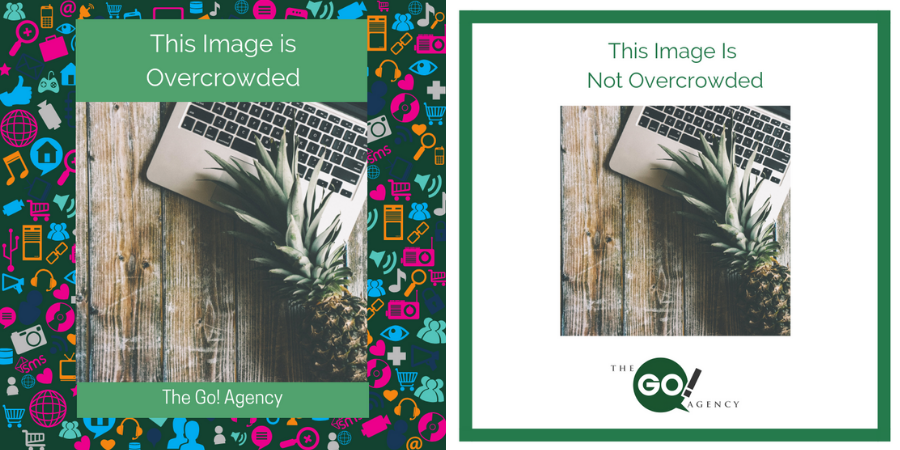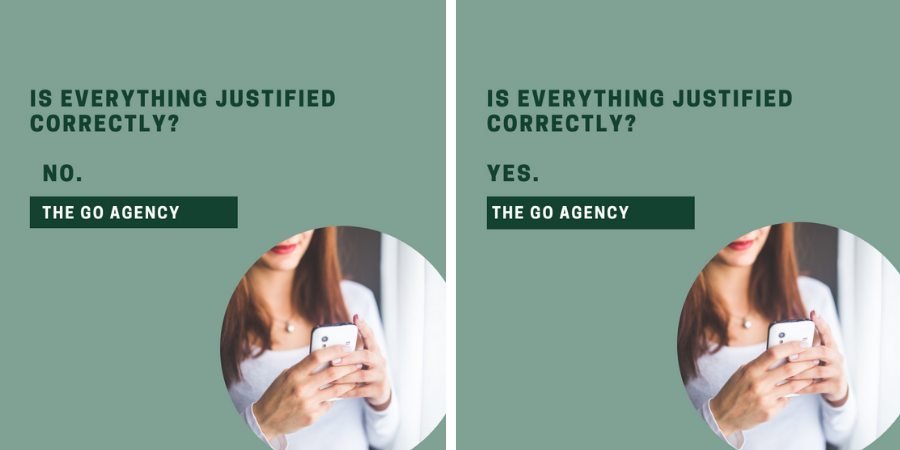You’ve probably already heard a lot of the buzz around email marketing. A lot of people are in your ear saying that it’s going to set your business up for success, but what even is email marketing? And how can everyone be so sure it’s right for your business?
Well, I believe in backing up all of my advice with facts. Email marketing should absolutely be on your “must-have” list for 2019, but don’t just take my word for it. I’m going to explain to you exactly what email marketing is and why it’s worth investing some time and resources into.
What Is It?
In your everyday life, you might know email marketing as those “LAST-MINUTE SALE BUY NOW” emails that you get every so often. As a marketer, you can think of email marketing as a way to reach out to leads and develop your relationship with them. When you consider investing in email marketing, ignore those spam emails you get. They’re wasted opportunities, and a good strategy can help you avoid that pitfall.
Instead, think of how you’ll reach out to interested individuals and encourage them to have a conversation with your brand. You’ll keep your business on your potential customers’ minds, and you’ll generate conversions from your thoughtful, strategic emails!
That all sounds nice, but I wouldn’t blame you for having some skepticism. How do you know this is going to work for your business? I’ve got some numbers that I suspect you’ll find very assuring.
Does Email Marketing Really Work?
For B2C
I want to show you some of the most compelling email marketing statistics that illustrate why it’s worth your time. First and (in my opinion) most impressively, 80% of retailers say that email marketing is their biggest asset in customer retention. Not only is email marketing keeping customers around, but it’s making them spend more with each individual purchase. Customers who bought products via email links spent 138% more than customers who never got email offers. Email marketing keeps customers around and keeps them spending money on your business!
Don’t get me wrong; not all email marketing campaigns are equal, and the quality of your strategy is going to matter a lot. For example, a lot of marketers miss out on sending “Welcome” emails when someone subscribes to your mailing list. That’s a huge mistake, since research shows that welcome emails generate 320% more sales than promotional ones! Missing opportunities like this will make your email marketing much less effective.
For B2B
One comment I’ve heard in the past is that email marketing is great for B2C business, but it just doesn’t offer much for B2B marketers. Well, nothing could be further from the truth! Email is the third most influential source of information for B2B decision-makers, falling only behind recommendations from colleagues and industry leaders. That means that email marketing is literally the best thing B2B marketers can spend money on!
This isn’t just theoretical, either—it’s already making waves throughout B2B marketing. 59% of B2B marketers reported that email marketing was their biggest revenue generator. If you’re running a B2B business and not reaching out to potential customers, you’re missing out on your best way to make sales!
Press Send
You know what it is and why it’s worth your time, so get started! Skipping email marketing means you’re missing potential revenue. If you want to take your marketing to the next level this year, then now is the time to start working toward that goal!
Do you want some individualized help with your social media marketing? Just set up a free consultation with The Go! Agency!
Read More




















